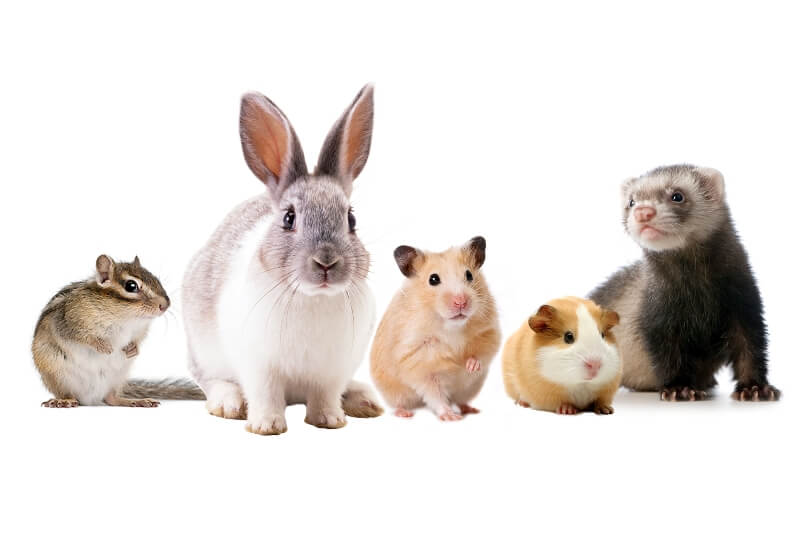
Different Strokes for Different Folks - Small Animal Nutrition
Having a food that is uniform in color and size will reduce the chance of your friend becoming a picky eater. Feeding a food that is multicolored or in different shapes and sizes will encourage them to eat certain flavors or shapes. When they only eat specific shapes or colors, they are not getting all the nutrients that they need. You will also end up feeding more than you need to. Having the same color and size also helps to decrease the risk of obesity.
Making sure you are feeding a rabbit food to a rabbit is crucial to make sure it gets the proper nutrients. Each species of small animal has a different nutritional need based on their physiology. If the animal is under six months, it is considered 'young'. Young pets have higher energy than adults and require more nutrient-dense food. Adults need food that will help to maintain their nutrient intake and weight. They need higher levels of fiber for digestive health but less protein to maintain weight.
Pellets are a good entree for your pets but don't forget to give them a side of leafy greens. Leafy greens help to aid in adding fiber to the diet when hay is either not available or forgotten one day. They also help to add Vitamin C into their bodies. This is especially important for guinea pigs since they can't make their own. Not all vegetables are good for small animals. Greens like those found in a spring mix, kale, parsley, and cabbage are good greens for them to eat. Carrots, peppers, and cucumbers are a veggie to offer in moderation since they are high in sugars.








